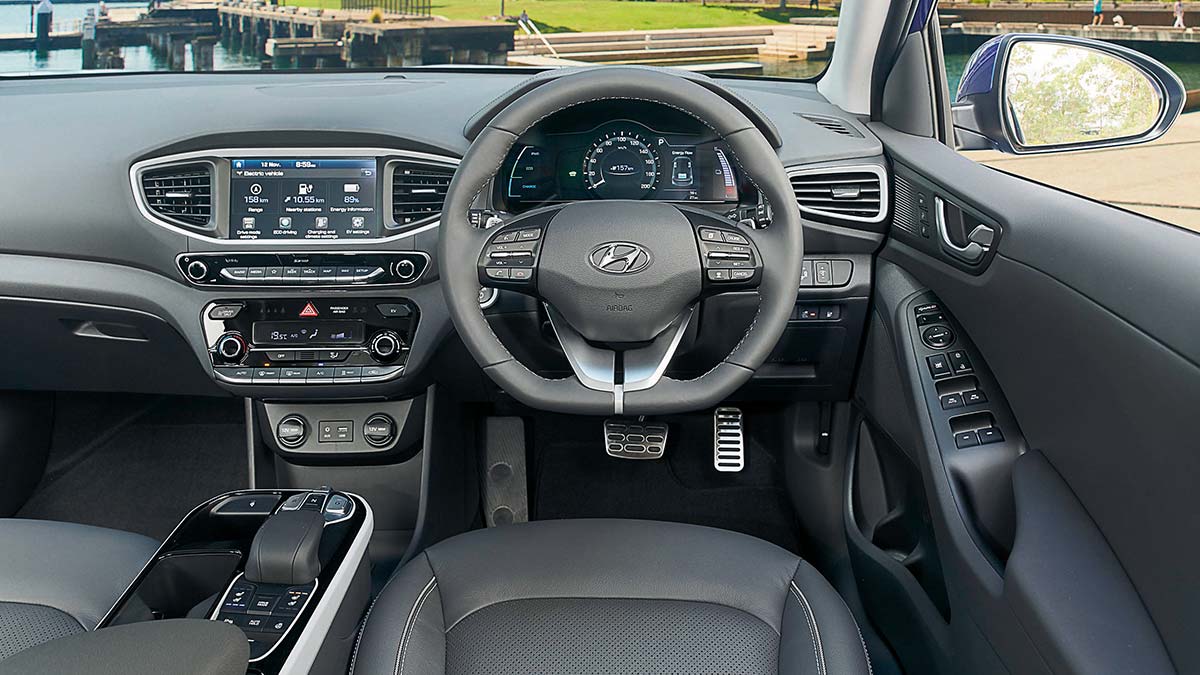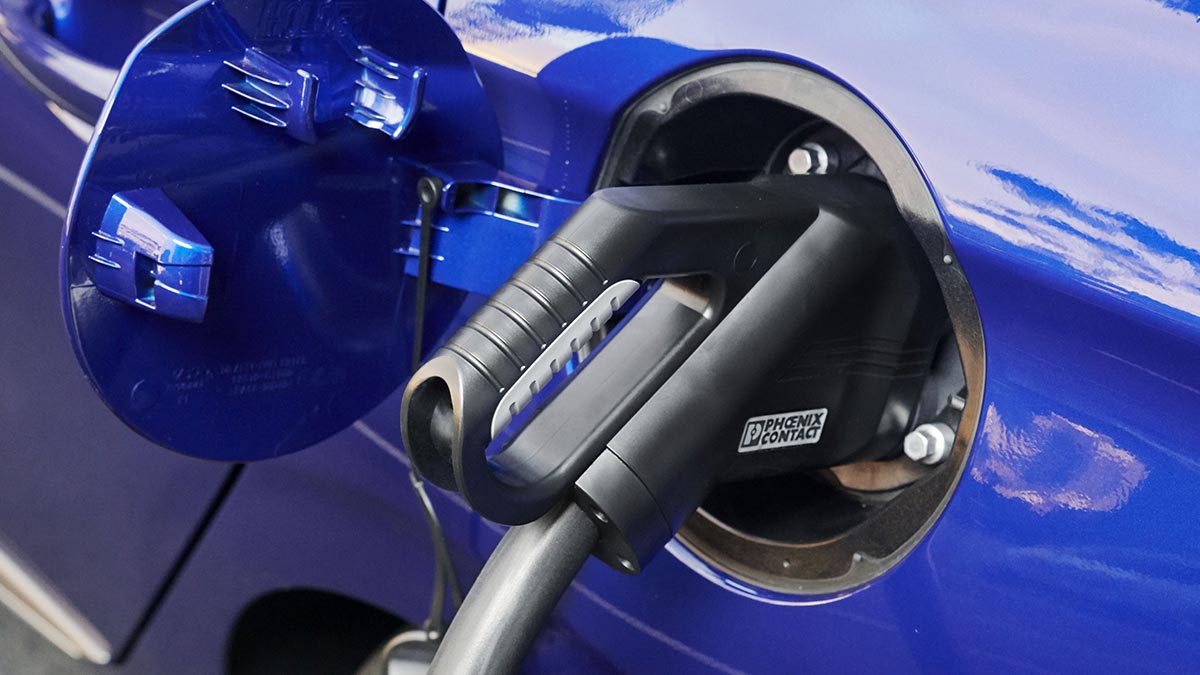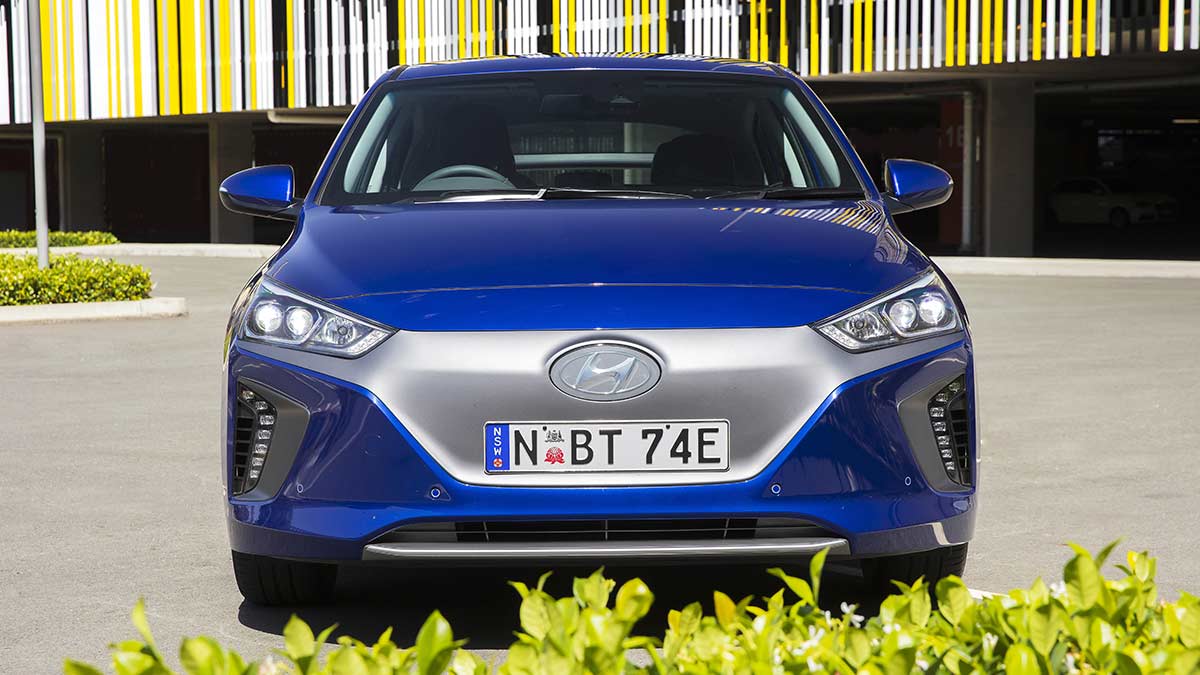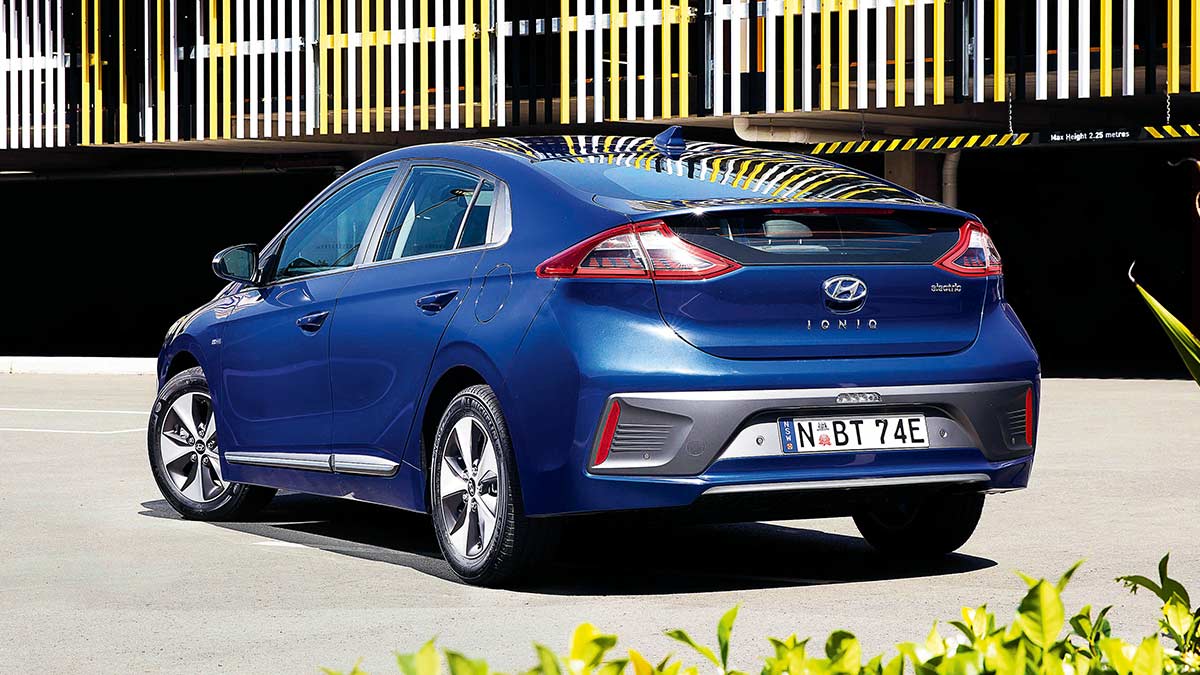The ninth-generation Toyota HiLux has arrived, bringing with it a futuristic forward exterior design, more safety and tech and the same rugged capability owners love. Will the updates tempt private buyers away from the Ford Ranger or are they just enough to keep fleets onside?
Road test: Hyundai Ioniq 2019 review

Greg Hill tests the Hyundai Ioniq range of electric cars.
It’s taken a long time to get here but Ioniq, Hyundai’s first green vehicle to be sold in Australia, is now available at selected dealers.
Similar in size to Elantra, this roomy five-door hatchback offers three electrified powertrains: a pure electric model, a petrol/electric hybrid version and a plug-in electric with a range-extender petrol engine. Each has slightly different green credentials and does its best work in different applications.
Thumbs up
The choice of three eco-friendly powertrains will suit varying needs of buyers.
Thumbs down
The Electric’s range is relatively limited, and access to fast charging may be an issue.
The Hybrid combines a fuel-efficient 1.6-litre 77kW Atkinson petrol engine with a 32kW electric motor and a 240-volt, 1.56kWh lithium-ion polymer propulsion battery. Primary propulsion comes from the petrol engine, supported by the electric motor, with the distribution ratio of the two power sources computer-controlled according to the operating situation.
Regenerative braking keeps the battery charged. With a six-speed dual-clutch automatic transmission, the hybrid drives like a conventional car, with the benefit of fuel consumption quoted as low as 3.4L/100km.
For the Plug-in version, drivers can select either EV (electric vehicle) or HEV (hybrid electric vehicle) modes. Initial operation (when fully charged) is as an EV and it can be driven up to 63 kilometres on electric power. The petrol engine provides support and is automatically engaged for heating, additional power for hard acceleration or in Sport mode, and extending the driving range when the battery is depleted. At any stage the driver can select HEV mode to conserve battery power.
The Plug-in can be externally charged at a dedicated charging station in as little as two hours and 15 minutes.
Regenerative braking provides recharging while driving. Hyundai uses a 360-volt, 8.9kWh lithium-ion polymer battery and a 44.5kW electric motor. The 77kW petrol engine and six-speed dual clutch auto are similar to those in the Hybrid, but used differently. The Plug-in will suit drivers who want to dip a toe into the EV world with lots of short trips, but need range for occasional longer trips.
Its official fuel consumption is a miserly 1.1L/100km, but this, and that of the Hybrid, vary significantly depending on how they are used.
The flagship Ioniq is the Electric, the only one without the back-up of a petrol engine. A bigger 360-volt, 28kWh lithium-ion polymer battery and an 88kW electric motor provide a real-world range, according to Hyundai, of about 230 kilometres, with zero exhaust emissions. Strong torque, with a peak of 295Nm and almost instant response, delivers impressive off-the-line acceleration and a smooth, progressive drive. It uses a refined single-speed reduction gearbox to deliver seamless power to the front wheels.
Like the other two Ioniq set-ups, regenerative braking provides recharging assistance for the Electric. Fast charging can be done via a commercial 100kW DC station, reaching up to 80 per cent of charge in 23 minutes – 30 minutes when connected to a 50kW charger.
A home/office charging system is available for the Plug-in and the Electric, from $1995 installed. Both can also be recharged via household mains power, but this is much slower.
Hyundai has taken a real-world approach to the rest of Ioniq, with smart-looking, contemporary styling, a functional five-seat cabin layout and easy-to-live-with driving characteristics, all at affordable prices. Each version is available in Elite and Premium grades, starting at $33,990 plus on-road costs for Elite Hybrid. At $44,990, Elite Electric is currently the cheapest all-electric model on the market, while the Premium Electric tops the range at $48,990. Comfort, convenience and technology have not been compromised to achieve the desired eco-friendly focus. Build quality and trim fittings are also high standard.
Of the three models, we like the Hybrid for its practical petrol/electric powertrain and refined drive, but in terms of responsiveness and progressive pulling power, and its smooth, quiet delivery, the Electric is the best drive. But its limited range will make it impractical for many. We found the petrol engine engagement in the Plug-in was quite noticeable.
The unique design factors and weight distribution associated with an electric car have not compromised driving dynamics. Hyundai Australia’s engineering team has done an excellent job fine-tuning the steering and suspension to suit our roads. All three models steer, handle and ride well, with surprising agility and comfort for this type of car.
The verdict
Ioniq combines the efficiency and eco-friendliness of electric technology with real-world practicality and driveability.
|
Price |
$33,990 to $48,990, plus on-road costs. |
|---|---|
|
Drivetrain |
Hybrid: 1580cc 77kW/147Nm petrol engine plus 32kW/170Nm electric motor. Six-speed dual-clutch auto. |
|
Wheels |
Alloys, with full-size alloy spare (Hybrid) or tyre mobility kit (Plug-in and Electric). |
|
Fuel |
91-RON petrol. |
|
Standard safety |
Seven airbags, autonomous emergency braking, blind-spot collision warning, driver-attention assist, rear cross-traffic collision warning, smart cruise control, tyre-pressure monitoring. Not yet tested by ANCAP. |
|
Standard features |
Eight-inch touchscreen, rear-view camera, rear parking sensors, front parking sensors (Premium models), navigation, Apple CarPlay and Android Auto, inductive phone charging (Premium model), rain-sensing wipers. |
|
Warranty/services |
60 months/unlimited kilometres. Eight years on propulsion battery. |






